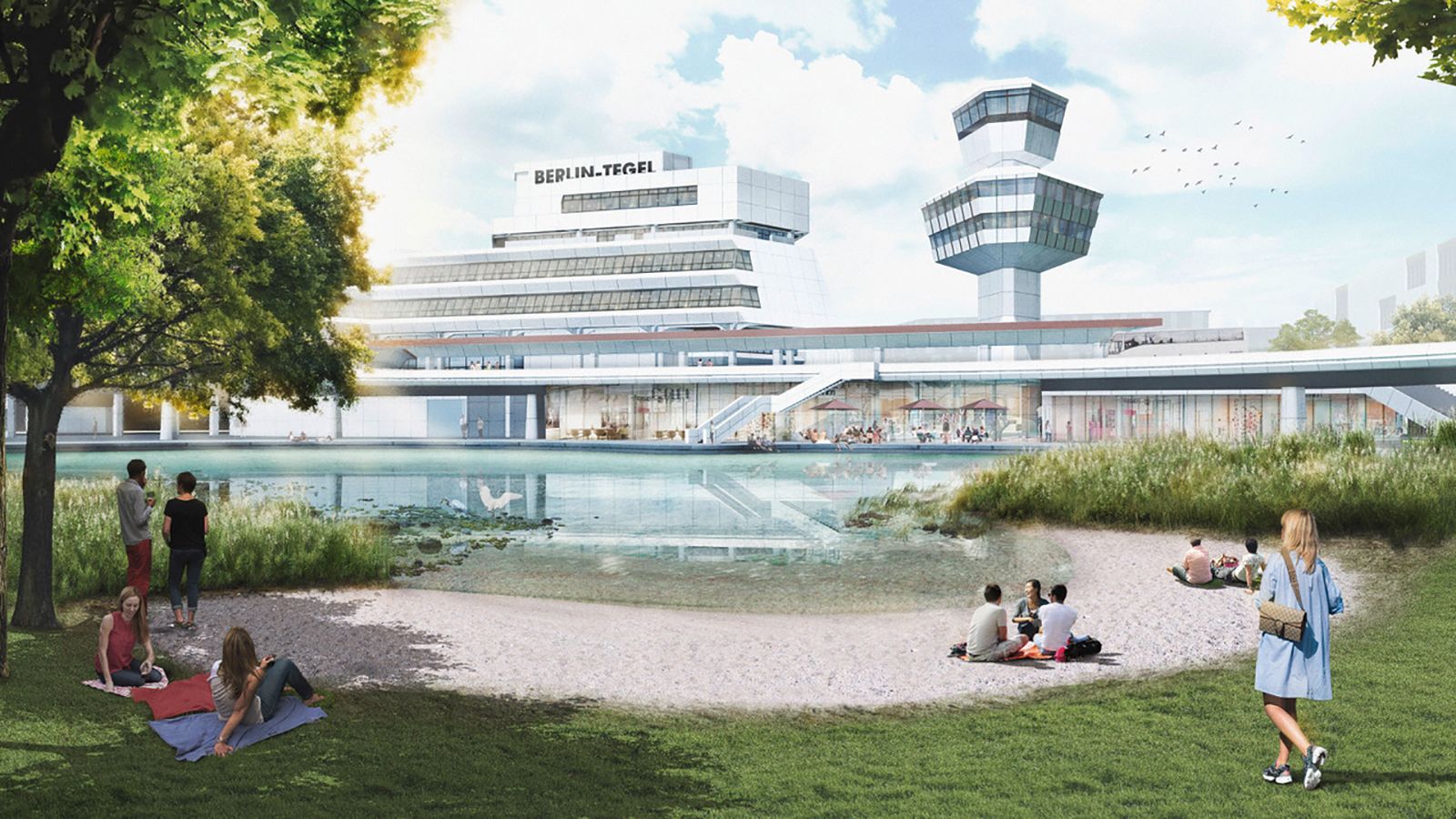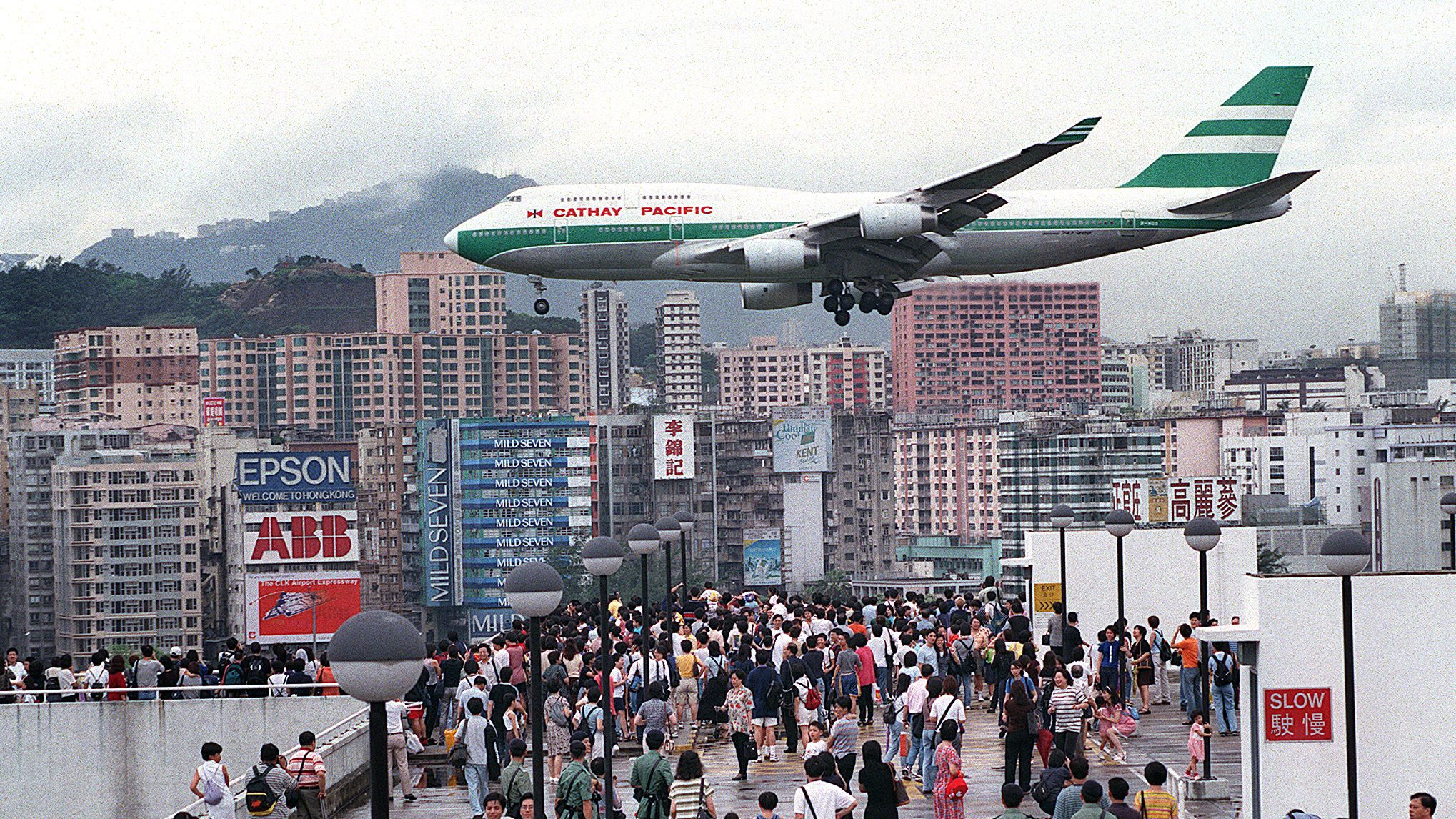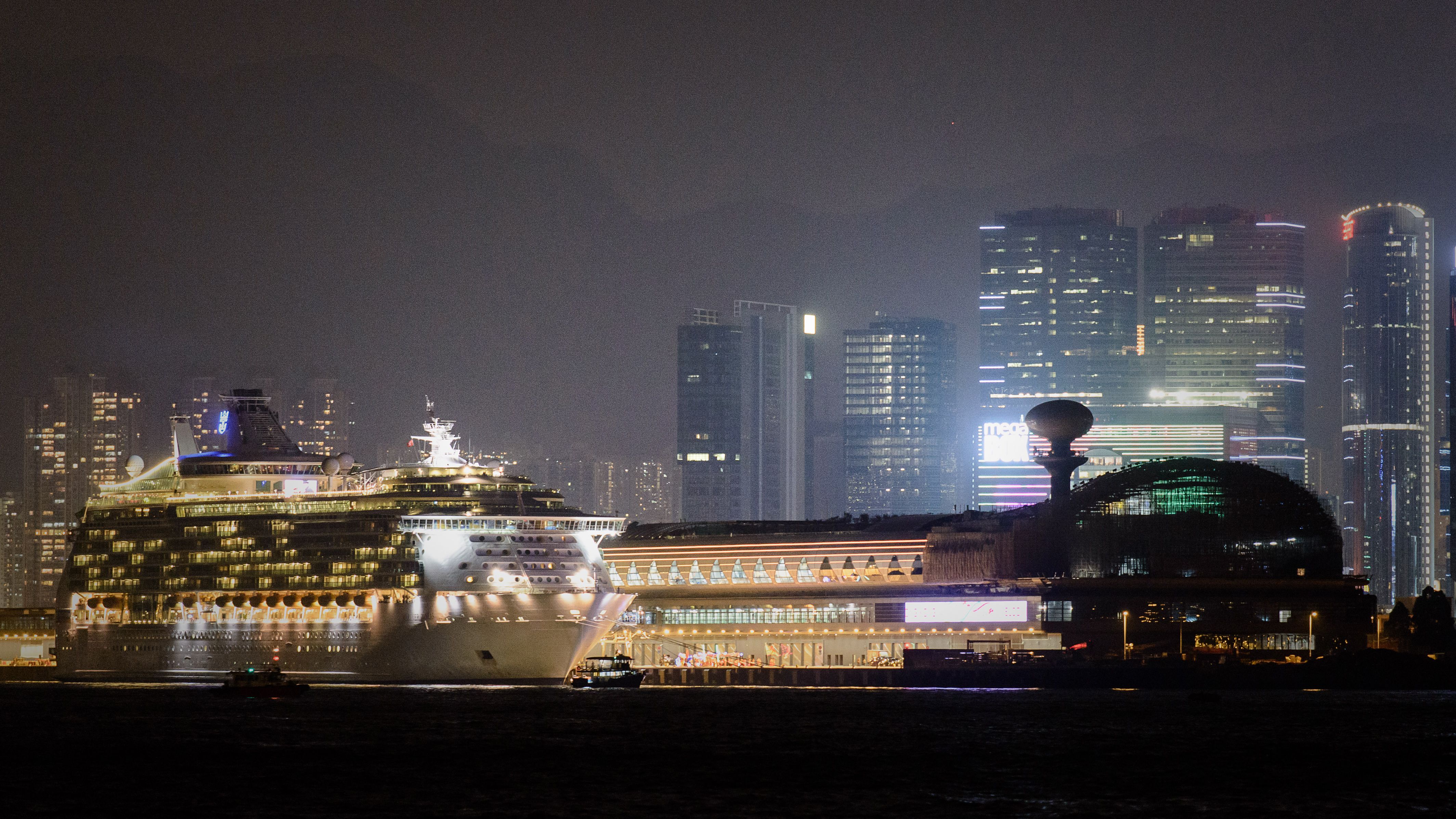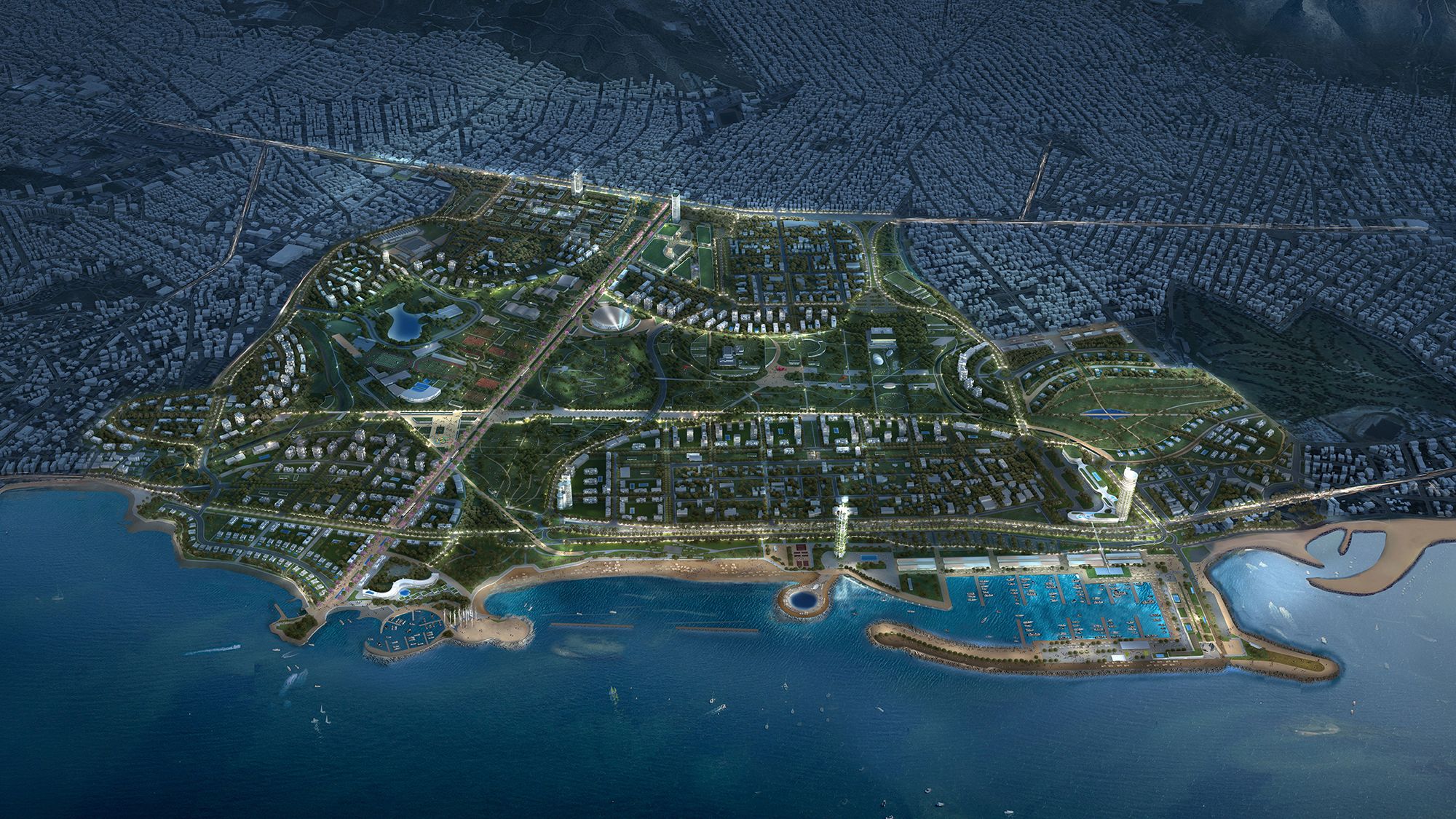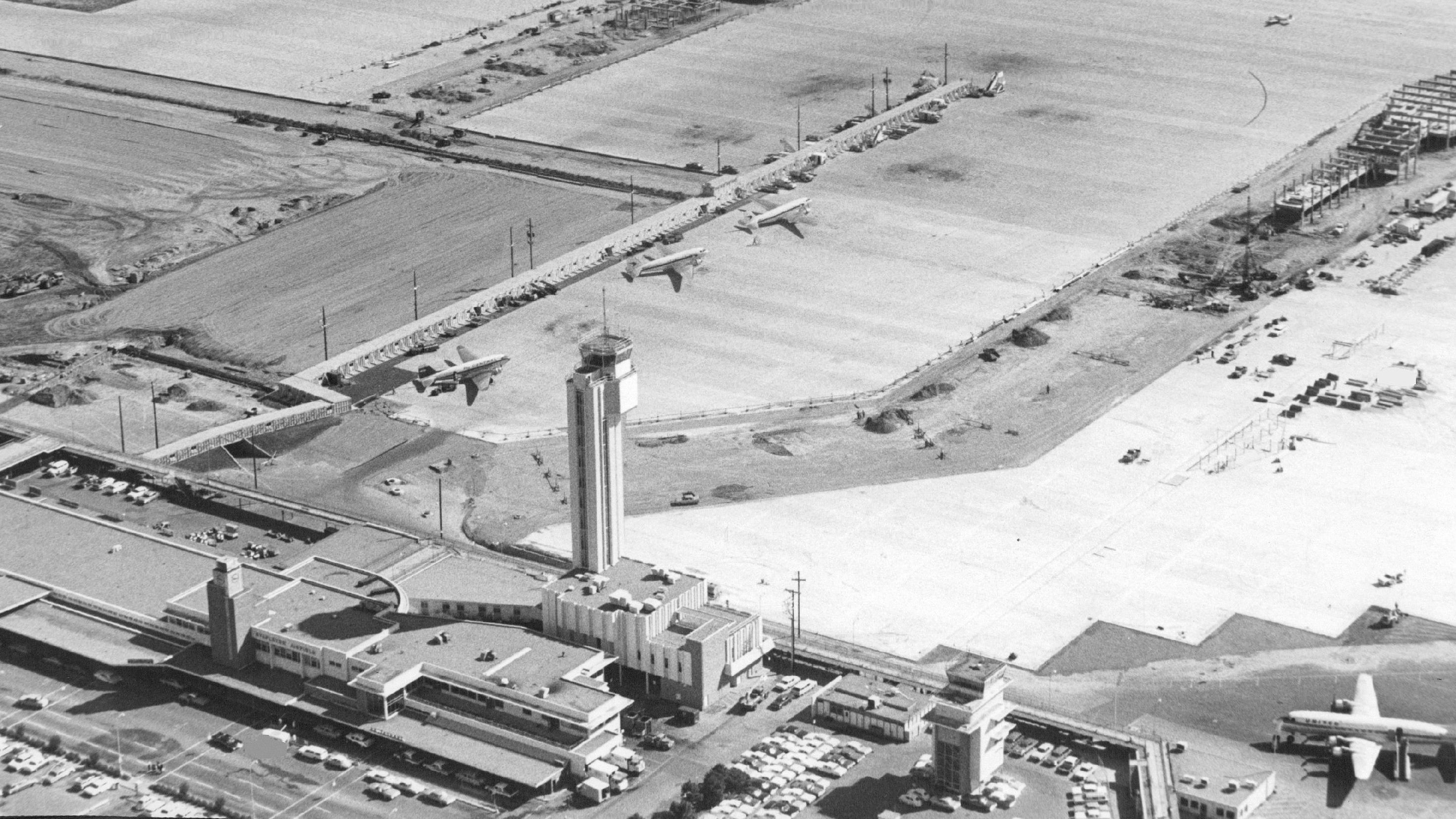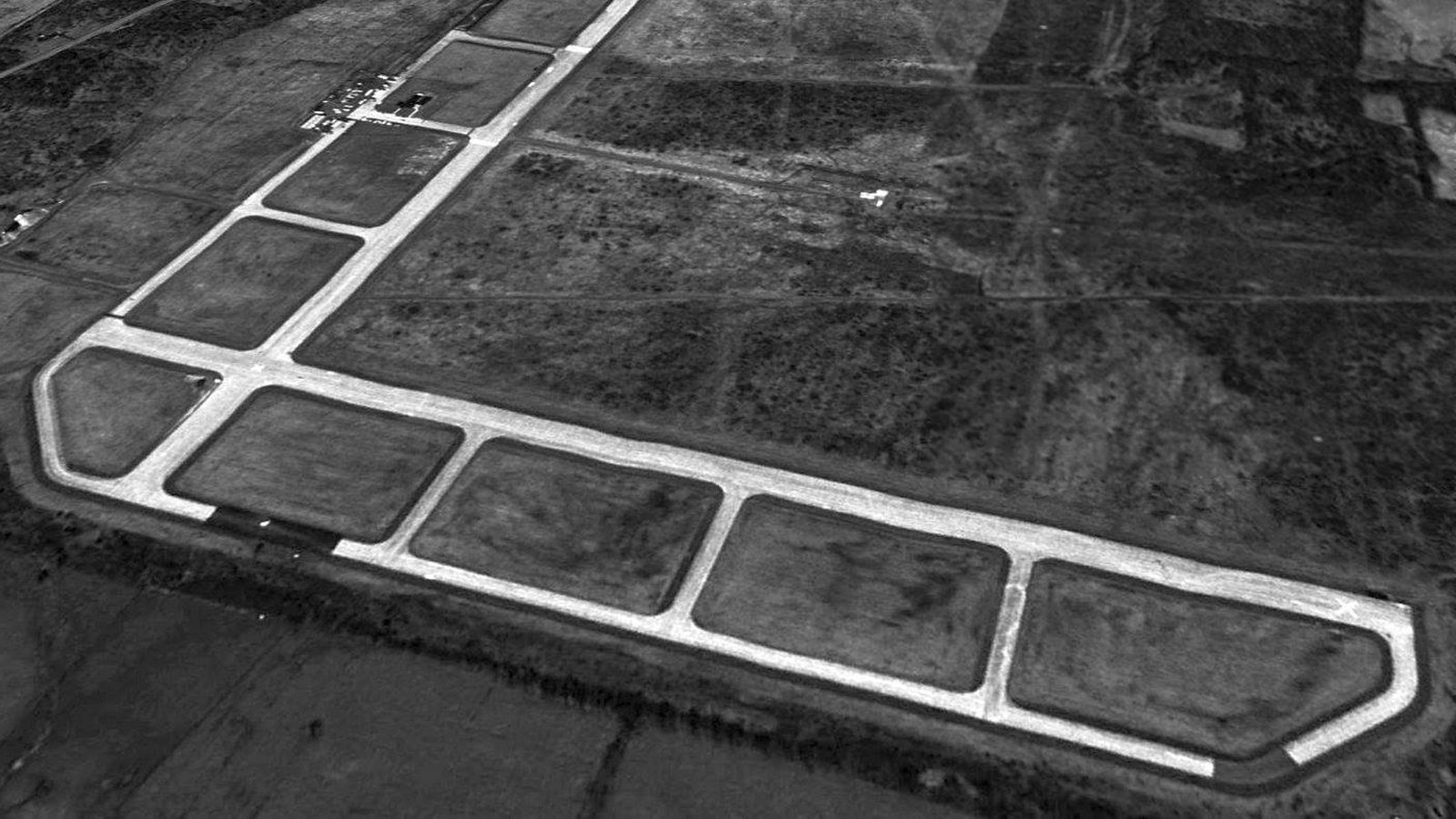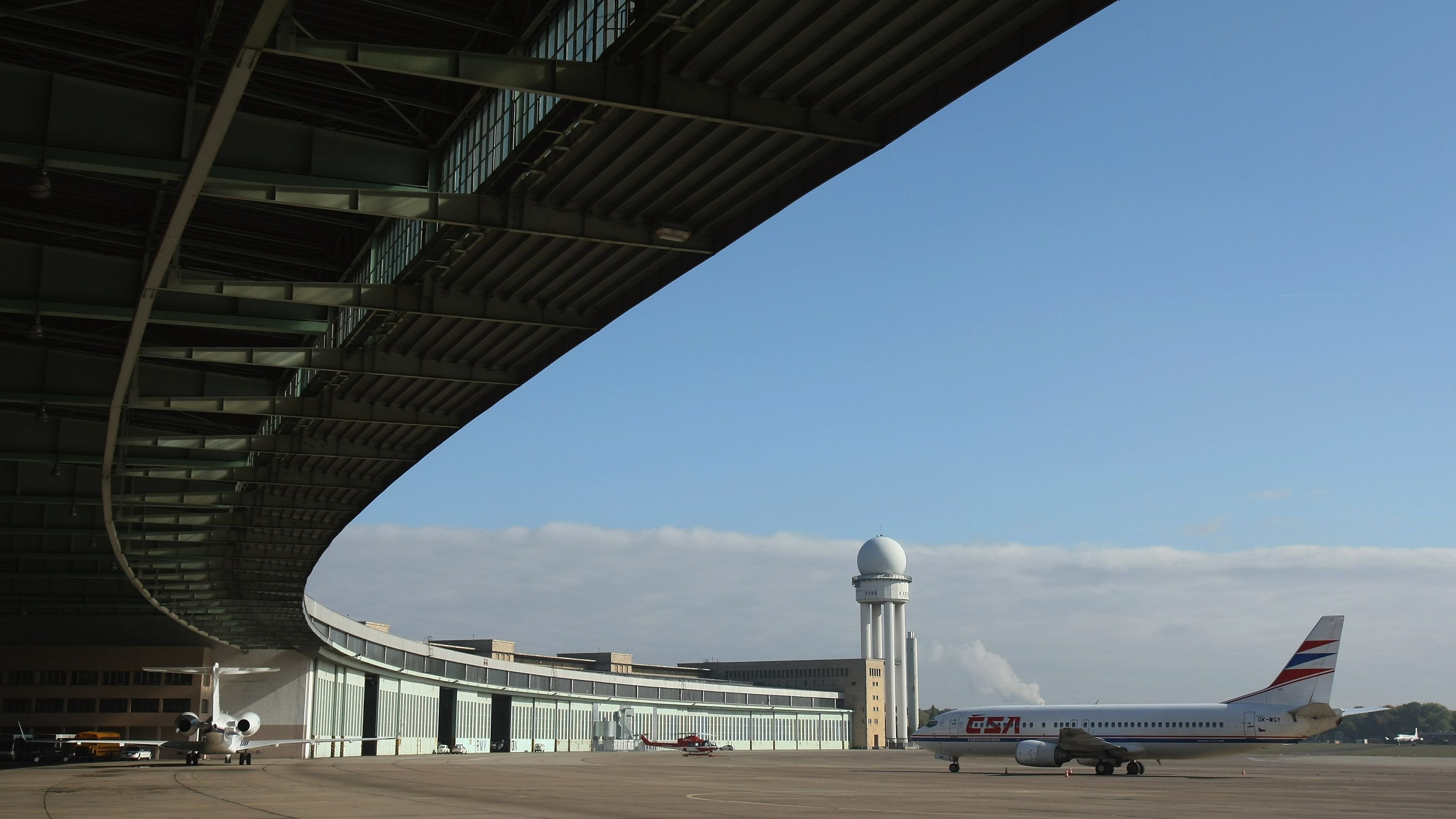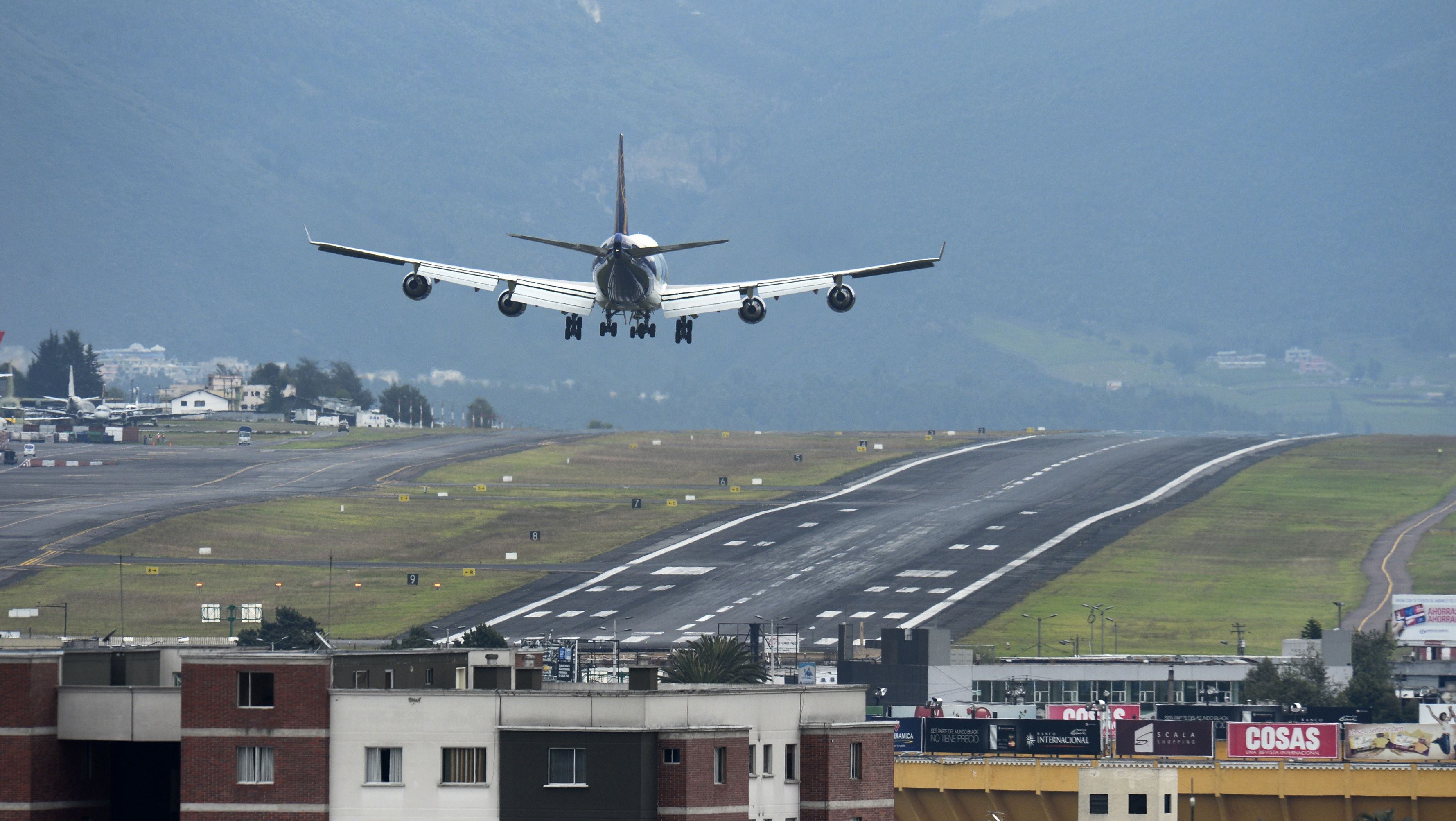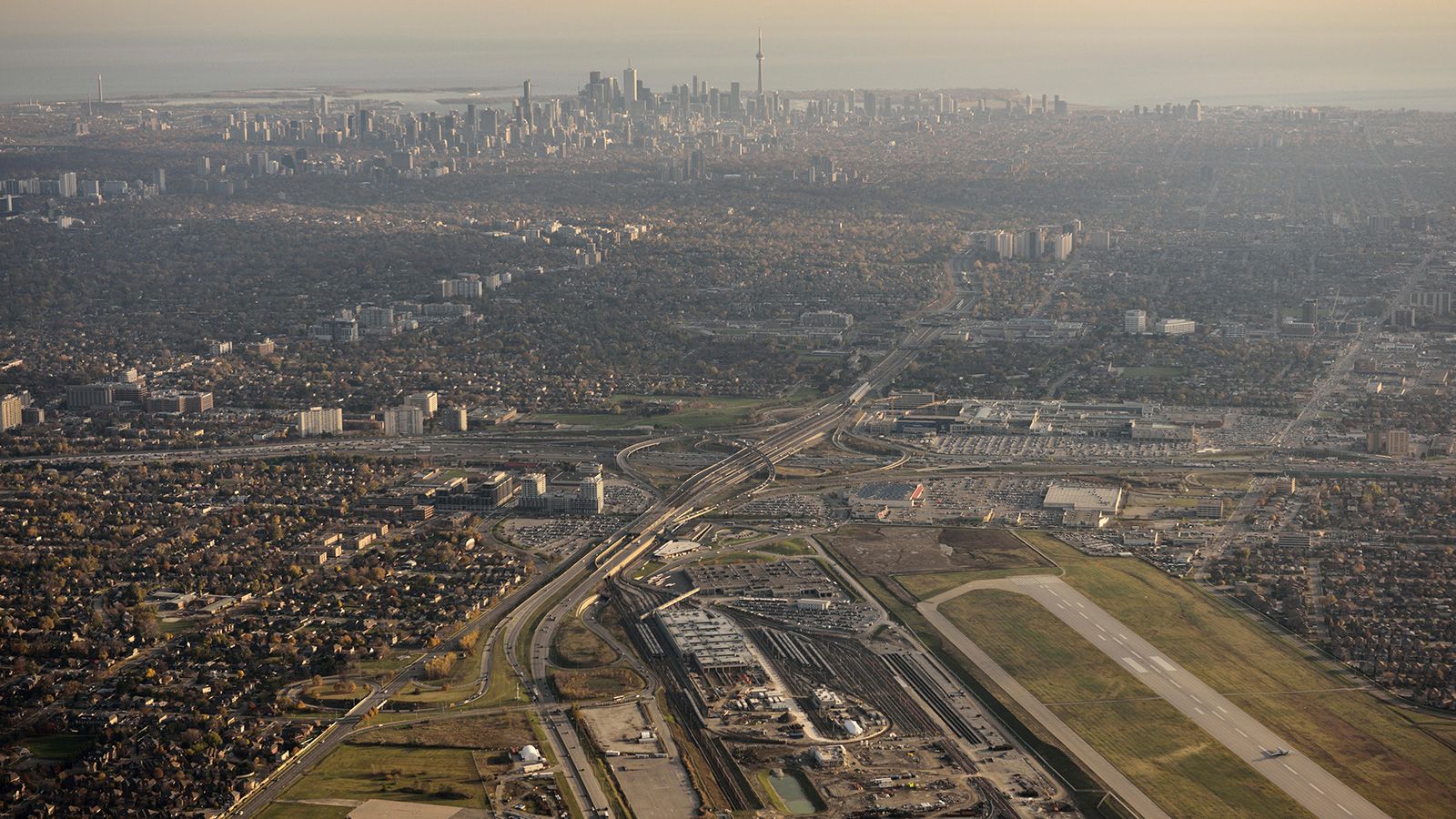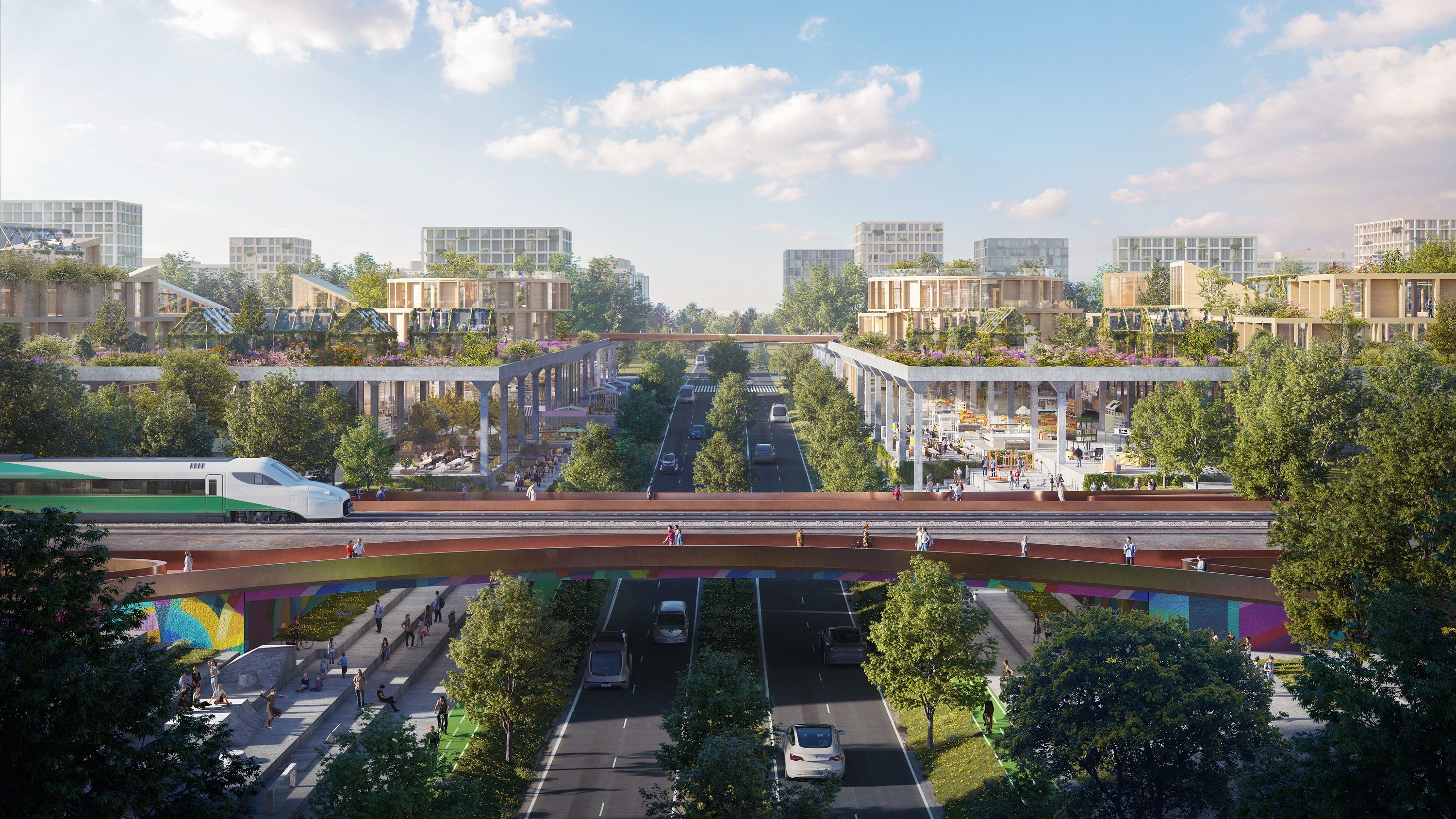At the former Tegel Airport on the outskirts of Berlin, Germany, workers keep uncovering bombs. The residue of the Prussian military and two world wars lingers at the 495-hectare site, which became home to city’s main airport in the 1970s, before it fell out of favor and closed in 2020. When the airport was built, land used for runways and around three meters either side were cleared, while other areas were left. Since May 2021, over 10 tons of explosives and ammunition have been moved or safely detonated from 20 hectares.
But unlike the antique ordnance, Tegel will not lie dormant for long. Because its hulking brutalist terminal, winding corridors – even its flight control tower – have already found a new purpose. Thanks to an €8 billion ($7.9 billion), multi-decade investment, it’s on a path to become one of the most ambitious smart cities in Europe.
The project, dubbed Berlin TXL, has been designed as a climate-friendly community full of sustainable technologies, with integrated university campus and innovation hubs to propel these technologies into the future. It’s pitched as the next chapter in urban living that wants to write the chapters after that too.
Commissioned by the State of Berlin and building on publicly-owned land, developer Tegel Projekt is collaborating with the public sector and private companies and investors on the Schumacher Quartier, a pedestrianized community of approximately 5,000 homes, and The Urban Tech Republic, an area for 5,000 students and up to 1,000 businesses.
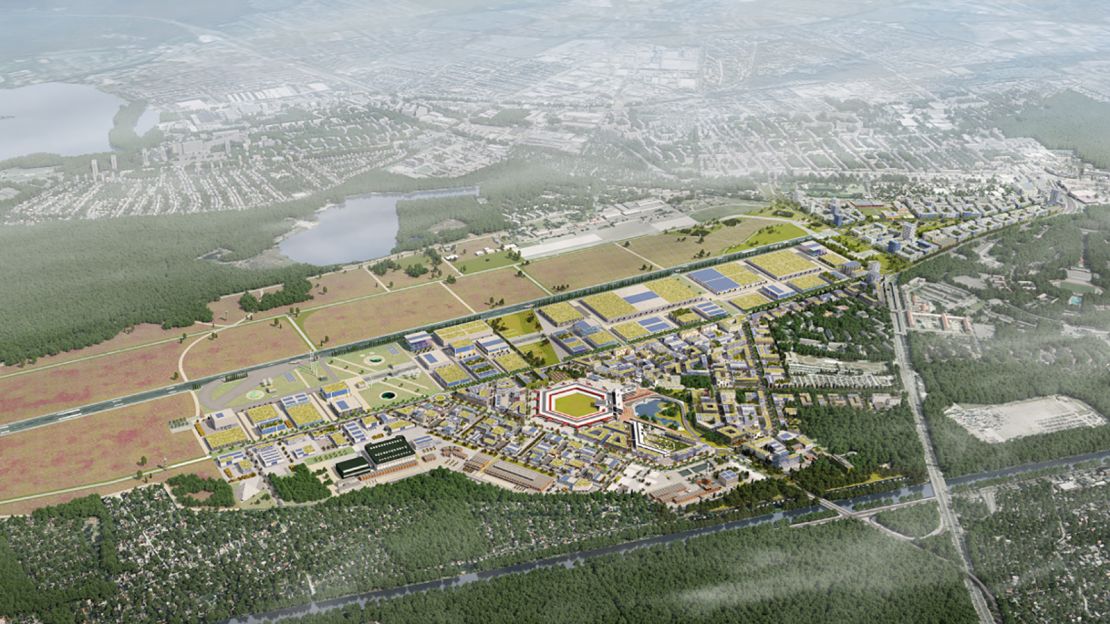
Nicolas Novotny, Tegel Projekt design and development director, tells CNN that the project had been in the works since 2012. “We expect different challenges in the 21st century: lack of resources, climate change, energy crises, urbanization,” he explains. To meet them, the project sought solutions in the areas of energy, mobility, water, recycling, materials and communications.
“We looked around the world,” Novotny says, finding inspiration in hi-tech communities such as the 22@ district in Barcelona, Masdar City in Abu Dhabi and Sidewalk Toronto, a now-halted project backed by Google. But plenty of the ideas at Tegel are homegrown and formed in collaboration with private enterprises.
Designed to be net-zero energy, the site will produce and consume all its own power, says Novotny. Photovoltaics and geothermal energy will generate electricity, and the Tegel Projekt has embarked on a joint venture with utility company E.ON to develop an innovative heating and cooling system called LowEx.
Geothermal heat will combine with heat generated from industrial activities and the sewer network, alongside biogas, to warm a 12-kilometer (7.4 mile) system of underground water pipes, which connect with heat exchangers and heat pumps to warm buildings. On hot days, heat can be extracted from buildings to cool them down and is stored in the pipe network.
Inside the Schumacher Quartier
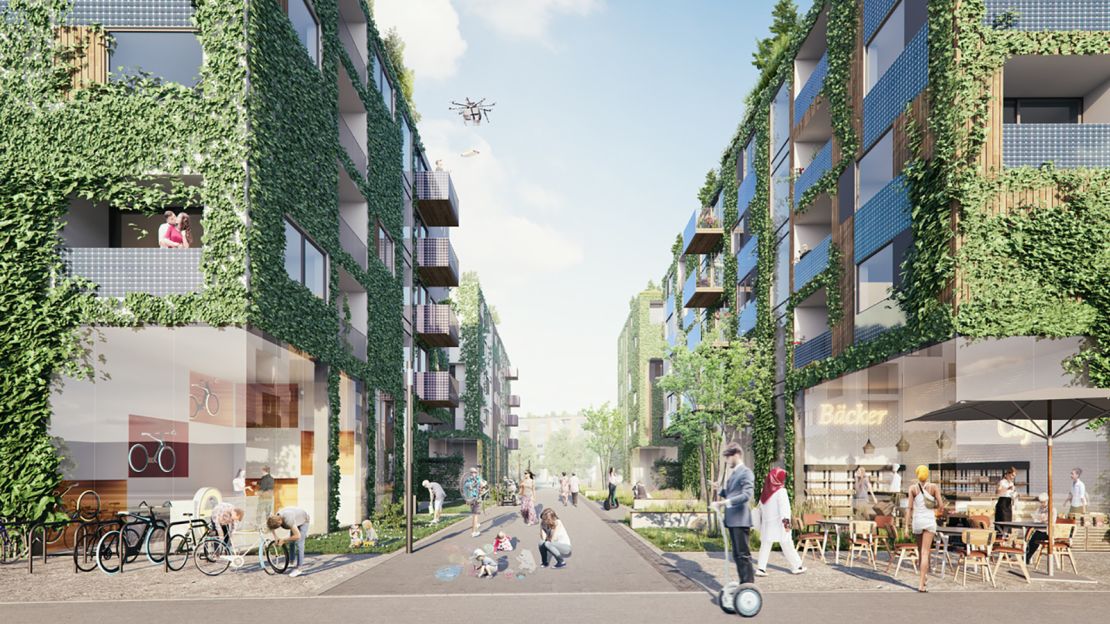
In the residential area, homes will be made of locally sourced wood and will feature roofs covered in greenery. The project is also working with animal-aided design experts at the Technical University Munich and University of Kassel to create the ideal environment for local species like kestrels and the Eurasian swift to take up residence.
Schools, day care, shops, sporting venues, restaurants and bars will also feature, making the area more than a simple housing estate. “We do not want it to be a sleeping city,” says Novotny.
The streets will be car-free and the project is encouraging bicycle, e-bike and scooter use. That won’t always be practical, however, particularly for the elderly, and the Tegel Projekt team is exploring the use of delivery robots for things like groceries.
As part of a “sponge city” concept, no rainwater will flow into sewers, and will instead be retained, reused, soaked away or allowed to evaporate as a form of natural air cooling.
The Urban Tech Republic

Nearly four times the size of the residential area, the innovation campus and industrial park dubbed the Urban Tech Republic has even grander ambitions.
BHT University (Berlin University of Applied Sciences and Technology) will take over the former airport’s iconic hexagonal Terminal A, Terminal B will become a center for startups with conference center and showrooms, and Terminal D a hub with laboratories. Infrastructure as a “living lab street” will be used to test new mobility tech, says Novotny.
The concept for the site is to provide spaces for students to develop their ideas once they finish studying, offering rentable startup spaces.
There’ll also be necessary nods to the past, says Novotny. As the terminals are protected buildings, new streets and sidewalks nearby will be made from recycled concrete from runways to adhere to building regulations. A competition is underway with companies to develop these recycled materials, he says.
A Berlin “gem”

Dr. Johanna Sonnenburg, an urban development consultant and an associate at the Technical University of Berlin’s Center for Metropolitan Studies, notes the project has been held up for years while Berlin Brandenburg Airport, Tegel’s replacement, was completed.
Berlin TXL’s ideas are innovative, she says, “but they are not as cutting edge as they were when they were developed 10, eight, five years ago, because this area (of sustainable development) is very rapid.”
The academic says integrating Berlin TXL into the city will be another challenge. “Tegel is not very well connected,” she says, noting the old airport does not have a rail link, and only the Schumacher Quartier in the upper eastern corner will have an underground connection.
Nevertheless, Sonnenberg describes the project as a “gem” in the crown of Berlin infrastructure projects.
Its influence could also extend beyond its borders. Ideas like building the Schumacher Quartier from wood could inform the conversation around environmental, social and governance (ESG) standards in the real estate sector, she explains. “I cross my fingers … that they make it, because I think it will be good for Berlin and for Germany,” Sonnenburg says.
1,000 abandoned airports

Berlin TXL is hardly alone in the field of repurposed airports – it’s not even the only example in Berlin. The area where Tempelhof Airport stood famously became the city’s largest park in 2010.
In Quito, Ecuador, the Old Mariscal Sucre International Airport, known as one of the most treacherous airports in the world, became a park when it shut in 2013. Others have been totally reclaimed by nature, such as Galeville Military Airfield in New York State, which was decommissioned in the 1990s and became Shawangunk Grasslands National Wildlife Refuge.
But the potential for old airports to become new communities is coming to the fore. Brooks City Air Force Base in San Antonio closed in 2011 and is now a 1,300-acre mixed-use development which includes residential and commercial spaces, as well as a university campus (while keeping the runway intact).
Meanwhile, a proposal for a hyper-ambitious redevelopment of Downsview Airport in north Toronto was recently announced, which would feature homes for over 80,000 residents and include 12 million square feet of office space. Like Berlin TXL, sustainable technologies feature throughout.
With over 1,000 abandoned airports in the US alone, according to one 2019 research paper, there’s plenty more sites that could be repurposed.
Work at the site of the old Tegel Airport has already begun and the project aims to be completed by the end of the 2030s.
